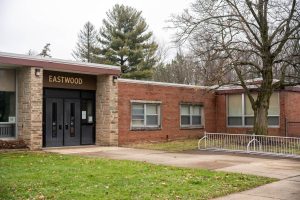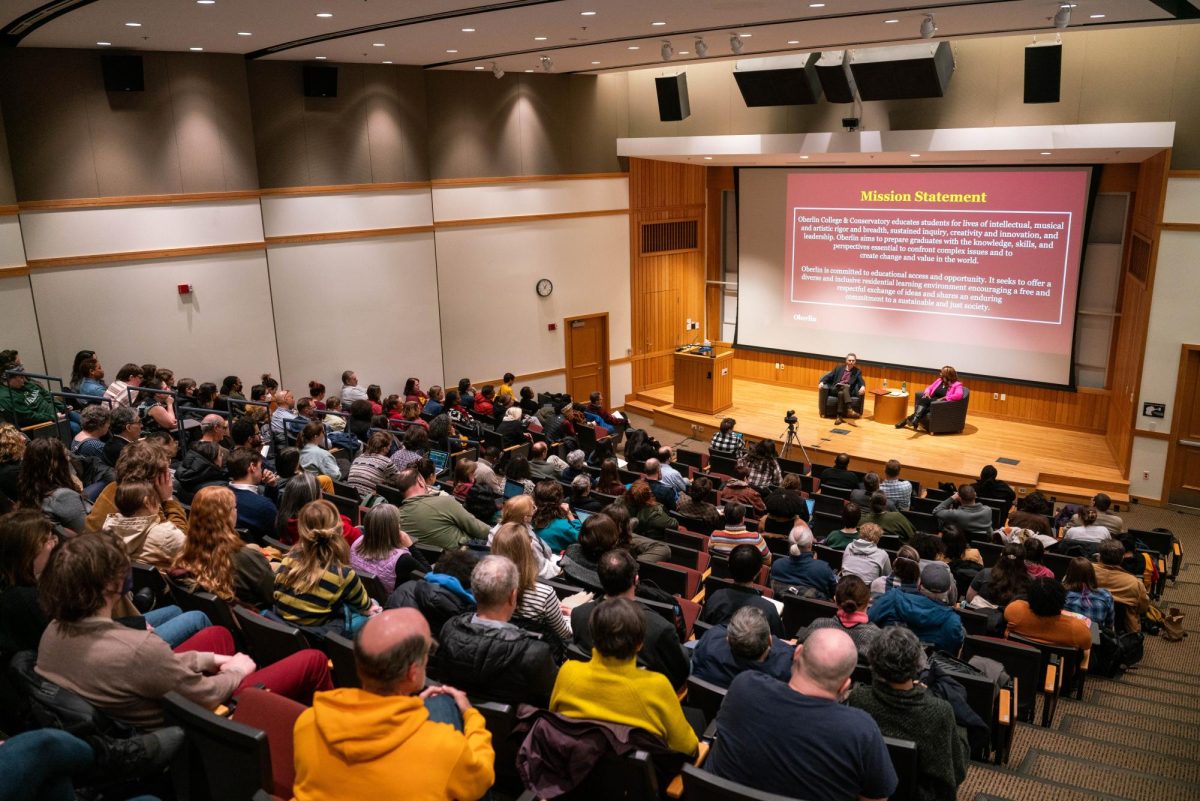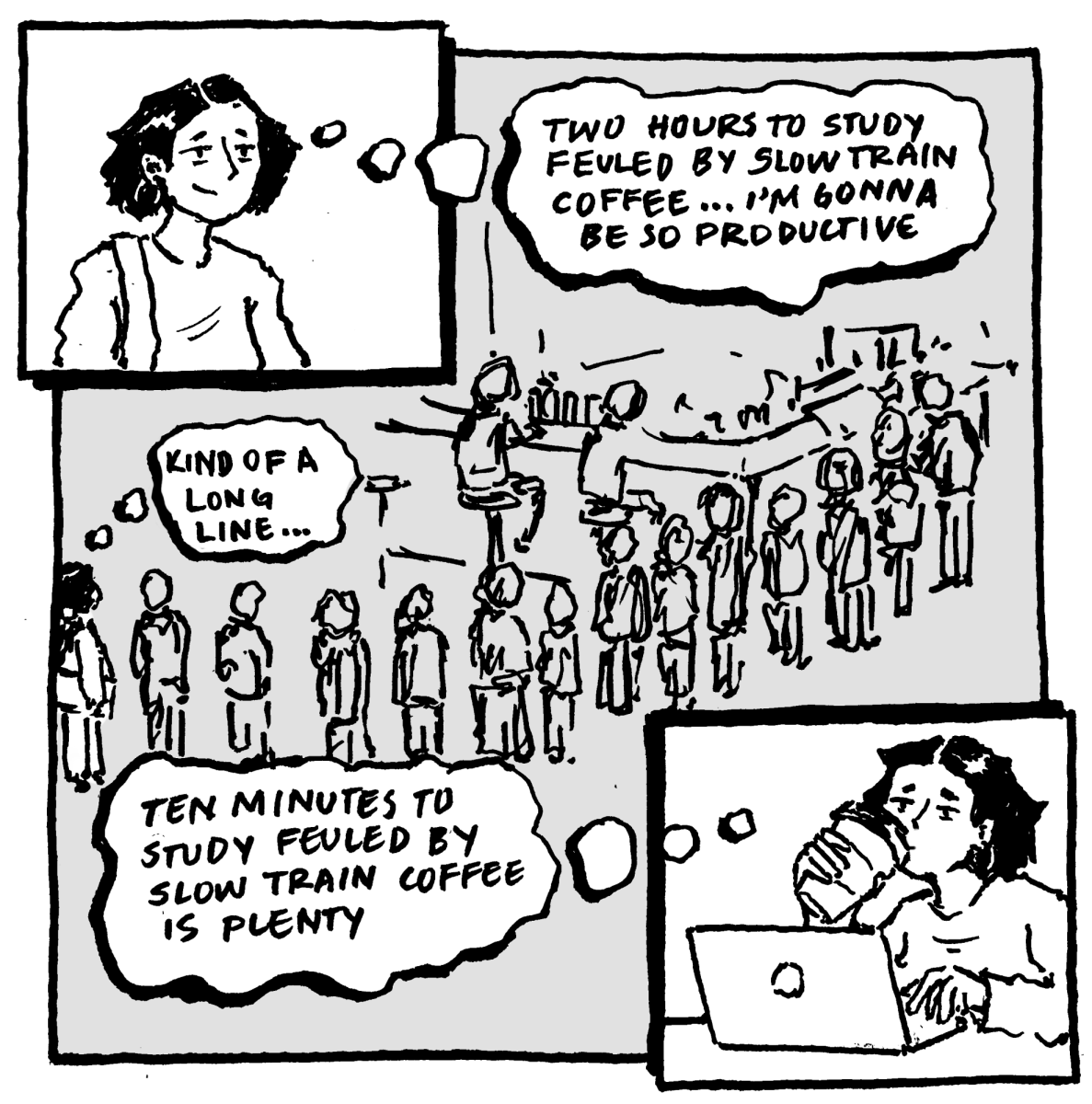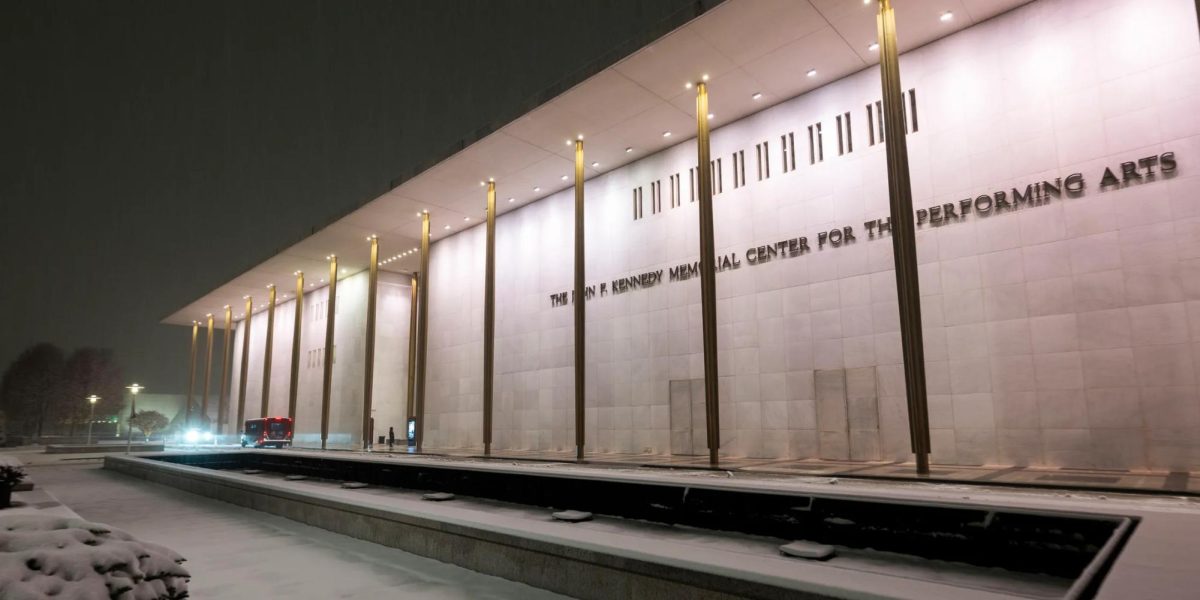City of Oberlin Develops Plan for a Greener Community
May 6, 2011
Oberlin College’s students, staff and faculty are dedicated to making the College a cleaner and greener place through projects such as the construction of the AJLC Environmental Studies building and OSCA’s composting program. Many people might not realize, however, that the town of Oberlin is taking its own steps to create a more eco-friendly community.
The city is in the process of drafting its first Climate Action Plan with help from Steve Duppee, Electric Director of the Oberlin Municipal Light and Power System, and Energy Services and Sustainability Initiatives Manager Doug McMillan. Their goal is to create a clear set of green initiatives for the town of Oberlin.
“The construction of the plan has included collaboration and conversations with several city employees and experts,” said College senior Savannah Sullivan, whose work as an intern for Dupee and McMillan has allowed her a firsthand look into the CAP’s drafting process.
The CAP seeks to make Oberlin’s energy portfolio 85 percent renewable by 2015 — a statistic that means the town will be taking steps to reduce greenhouse emissions.
“Under the Climate Action Plan, we have devised several strategies that the city can take to reduce emissions,” said McMillan. “Some of these strategies have already occurred… the city has [already] updated most of the traffic lights to more cost and energy efficient LED lights, [and] the city has also seen have various upgrades through the water treatment plant and additional lighting upgrades.”
In addition to initiatives that have already been set in motion, the CAP outlines new actions.
The CAP “will try hard to access new providers of energy [like] landfills,” said Sullivan. “There are also hydropower projects that we can tap into and we can [also] try to expand electricity that we receive from wind.”
Both McMillan and Sullivan describe the CAP as a “living document” that will adapt to the city’s needs at the time. According to McMillan, the plan is based off of an emissions inventory that was conducted in 2007 by Nathaniel Meyer, OC ’09. As more inventories are taken in the future, the CAP will evolve along with Oberlin’s current needs.
This CAP is a strictly municipal initiative, since the College currently possesses its own plan for a greener campus. “The policies and measures discussed in [the town of Oberlin’s] plan are those that are within the City’s direct sphere of influence,” said Sullivan. This includes municipal energy use, public utility consumption, and city-wide program infrastructure and community education.
“The Oberlin community is environmentally aware, and [its citizens are] willing to be involved in the global environmental effort,” Sullivan said.






















